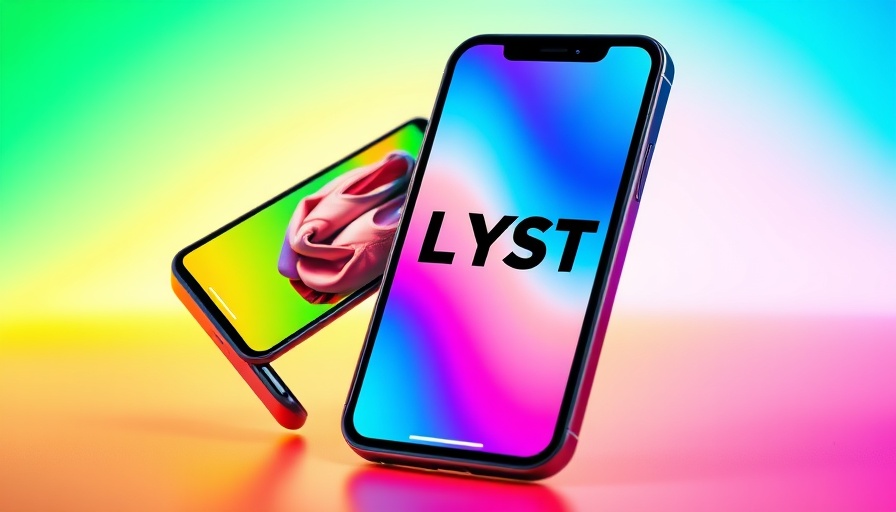
The Ups and Downs of Fashion E-Commerce
The recent acquisition of Lyst by Zozo marks a significant moment for the fashion e-commerce landscape, highlighting the volatile nature of the industry. Lyst, previously valued at $700 million, sold for just $154 million, a stark reminder of how quickly fortunes can change in the world of online retail. This shift raises important questions about sustainability and the future of startups in a rapidly evolving market dominated by giants like Amazon and new competitors like Temu.
Global Trade and Tariff Impacts on Fashion Startups
One of the key factors impacting Lyst was the increase in U.S. tariffs that disrupted the global trade landscape. With nearly a third of Lyst’s revenue stemming from U.S. sales, the implications of these tariffs cannot be understated. The confusion surrounding international trade policies poses significant risks for smaller startups trying to navigate a market heavily reliant on global supply chains. This situation echoes broader concerns in the tech industry as businesses adjust to new economic realities.
Competition and the Pressure of Evolving Consumer Demands
Lyst's struggles also come amid fierce competition in the online fashion market. Besides traditional competitors, emerging e-commerce platforms continually innovate, forcing established players to adapt quickly to changing consumer preferences and technological advancements. As a result, brands not only have to compete on product quality and pricing but must also leverage new technologies—like AI—perceived as essential for survival in this competitive environment. Lyst’s acquisition reflects an effort to ameliorate these pressures by aligning with Zozo, a company well-versed in integrating technology into its offerings.
The Strategic Importance of Technology in Fashion E-Commerce
With Lyst and Zozo announcing a focus on transforming fashion through AI and technology, the emphasis on integrating new tech innovations appears to be a crucial step for growth. The potential of AI in personalizing shopping experiences and optimizing inventory is becoming increasingly vital for e-commerce platforms. By partnering with Zozo, Lyst may leverage advanced tech tools to enhance customer engagement and streamline operations, positioning itself more competitively in the fast-evolving marketplace.
The Broader Economic Landscape for Fashion E-Commerce
This acquisition also mirrors a larger trend in the e-commerce sector where investors are shifting their focus dramatically—from traditional consumer goods to high-tech solutions. As noted in discussions about current tech news, there’s a growing emphasis on sectors tied to emerging technologies, with less patience for traditional retail models that do not exhibit rapid growth. The pressure on companies to innovate in a commercially savvy way is palpable.
Moving Forward: What This Means for Consumers
For consumers, the integration of Lyst with a tech-driven entity like Zozo may unlock new levels of shopping convenience, personalized recommendations, and smarter inventory management. However, the path is fraught with potential pitfalls as these companies maneuver through the complexities of the modern retail landscape. The coming years could see significant transformations in how consumers interact with fashion brands online, potentially reshaping the industry as we know it.
Conclusion: A New Chapter for Lyst and Zozo
The acquisition of Lyst by Zozo is a noteworthy chapter in the ongoing evolution of fashion e-commerce. As the industry braves uncertainties brought on by tariffs, fierce competition, and tech innovation pressures, the partnership could offer Lyst the means to thrive where it struggled in the past. Awareness of these trends is crucial for stakeholders keen on navigating the fashion retail world of tomorrow.
 Add Row
Add Row  Add
Add 



Write A Comment